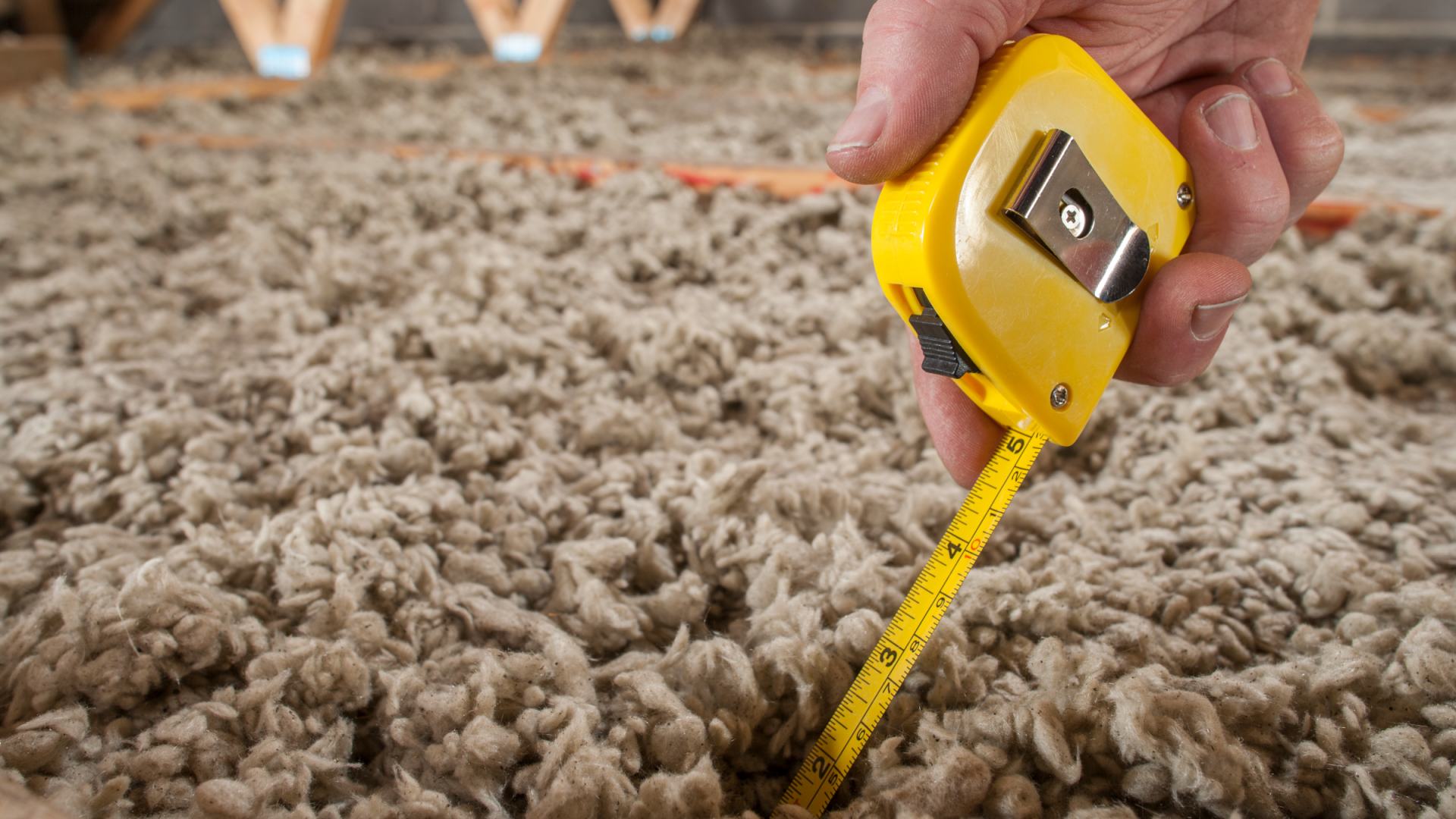

Articles
How To Measure Insulation
Modified: January 8, 2024
Discover the best articles on how to measure insulation and improve energy efficiency in your home. Get expert tips and advice on insulation measurement techniques.
(Many of the links in this article redirect to a specific reviewed product. Your purchase of these products through affiliate links helps to generate commission for Storables.com, at no extra cost. Learn more)
Introduction
Insulation plays a crucial role in maintaining the comfort and energy efficiency of our homes and buildings. It acts as a barrier against heat transfer, preventing the loss of heat in colder months and the intrusion of heat in warmer months. However, it is essential to ensure that our insulation is performing optimally to reap its benefits fully. This is where measuring insulation becomes essential.
Measuring insulation involves assessing its effectiveness and identifying any areas that may need improvement. By understanding how to measure insulation properly, homeowners, contractors, and building owners can make informed decisions about upgrading, repairing, or replacing insulation materials.
In this article, we will explore the importance of measuring insulation, the factors to consider before undertaking measurements, the tools and equipment needed for the task, a step-by-step guide on how to measure insulation, the common challenges that may arise, and some practical tips for accurate measurement.
Key Takeaways:
- Regularly measuring insulation is crucial for maintaining energy efficiency, identifying thermal bridging, and addressing moisture issues to create healthier and sustainable living spaces.
- Utilize a combination of tools, consider environmental factors, and document findings to ensure accurate insulation measurements and make informed decisions for optimizing energy efficiency and comfort.
Importance of Measuring Insulation
Measuring insulation is crucial for several reasons. Firstly, it allows us to determine the effectiveness of our existing insulation. Over time, insulation can settle or deteriorate, leading to a decrease in its insulating properties. By measuring insulation, we can identify areas where insulation may have become compressed, damaged, or inefficient, enabling us to take appropriate action.
Secondly, measuring insulation helps in identifying thermal bridging. Thermal bridging occurs when there is a gap or break in the insulation system, allowing heat transfer to occur. This can result in energy loss and discomfort. By measuring insulation, we can pinpoint areas where thermal bridging may be occurring and address them with additional insulation or other thermal break measures.
Furthermore, measuring insulation allows us to evaluate the overall energy efficiency of a building. Insufficient insulation or insulation with low R-value can significantly impact heating and cooling expenses. By measuring insulation and assessing its performance, we can make informed decisions about upgrading or adding insulation to improve energy efficiency and reduce utility bills.
Measuring insulation also helps in identifying moisture issues. Insulation that is exposed to excessive moisture can lose its effectiveness and become a breeding ground for mold and mildew. By measuring insulation, we can detect any moisture problems and take the necessary steps to address them, preventing potential health risks and preserving the integrity of the building.
Moreover, measuring insulation provides valuable information for building professionals, such as contractors and inspectors. It allows them to assess the compliance of insulation installations with building codes and standards. It also helps in evaluating the performance of insulation materials and techniques, leading to advancements in the industry and the development of more effective and sustainable insulation solutions.
Overall, measuring insulation is essential for maintaining the comfort, energy efficiency, and structural integrity of homes and buildings. By regularly evaluating the performance of insulation and addressing any issues, we can ensure optimal thermal performance, reduce energy consumption, and create healthier and more sustainable living spaces.
Factors to Consider Before Measuring Insulation
Before embarking on the task of measuring insulation, it is important to consider certain factors that can affect the accuracy and effectiveness of the measurements. By taking these factors into account, you can ensure that you obtain reliable and meaningful results. Here are some key factors to consider:
- Type of insulation: Different types of insulation materials, such as batts, rolls, blown-in, or spray foam, may require different methods of measurement. Familiarize yourself with the specific instructions and guidelines for measuring the type of insulation you have.
- Location of insulation: The location of the insulation can impact the measurement process. Attics, walls, floors, and ductwork each require different approaches for measurement. Understand the specific challenges and techniques associated with measuring insulation in different locations.
- Climate and weather conditions: Weather conditions can affect the accuracy of insulation measurements. Extreme temperatures or high winds may alter the thermal performance of insulation. It is best to measure insulation during moderate weather conditions for more reliable results.
- Age and condition of insulation: The age and condition of insulation can impact its effectiveness. Older insulation materials may have settled or deteriorated over time. Assess the condition of the insulation before measuring to determine if any repair or replacement is necessary before obtaining accurate measurements.
- Obstacles and access points: Obstacles, such as furniture, stored items, or structural elements, can obstruct the measurement process. Ensure that you have sufficient access to the area being measured and clear any obstacles that may interfere with the accuracy of the measurements.
- Health and safety considerations: When measuring insulation in confined or potentially hazardous spaces, such as crawlspaces or mechanical rooms, take appropriate safety precautions. Use personal protective equipment and follow safety guidelines to ensure your well-being during the measurement process.
By considering these factors before measuring insulation, you can better prepare yourself and set realistic expectations for the measurements. This will help you obtain accurate and meaningful results, allowing you to make informed decisions about improving the insulation in your home or building.
Tools and Equipment Needed for Measuring Insulation
Measuring insulation requires the use of specific tools and equipment to ensure accurate and reliable results. By having the right tools at hand, you can effectively assess the performance and condition of insulation. Here are some essential tools and equipment needed for measuring insulation:
- Thermal imaging camera: A thermal imaging camera, also known as an infrared camera, is a valuable tool for assessing insulation performance. It detects temperature variations and identifies areas of heat loss or infiltration. The camera displays thermal images, allowing you to visualize insulation gaps, thermal bridging, and areas of concern.
- Moisture meter: A moisture meter is used to measure the moisture content in building materials and insulation. Excessive moisture can compromise insulation performance and lead to mold and mildew growth. By measuring moisture levels, you can identify any potential moisture issues affecting the insulation.
- Insulation thickness gauge: An insulation thickness gauge is specifically designed to measure the thickness of insulation materials, such as fiberglass batts or foam boards. It helps you determine if the insulation meets the recommended thickness for optimum thermal performance.
- Measuring tape: A measuring tape is a basic tool that is used to measure the dimensions of the insulation space accurately. This includes measuring the length, width, and height of the area to calculate the insulation area or volume.
- Flashlight: A flashlight is essential for inspecting hard-to-reach or dimly lit areas, such as attics or crawlspaces. It helps in identifying any visual cues or signs of insulation problems, such as gaps, voids, or damaged insulation.
- Protective gear: When working with insulation materials, it is important to wear appropriate protective gear such as gloves, goggles, and a dust mask. This will protect you from potential irritants or allergens present in some insulation types.
- Notebook and pen: Keeping a notebook and pen handy allows you to document your findings, measurements, and any observations during the insulation assessment. This information can be useful when discussing or planning insulation improvements later.
It is important to prioritize safety when using these tools and equipment. Ensure that you follow manufacturer”s instructions, take necessary precautions, and use the equipment responsibly.
By having these essential tools and equipment at your disposal, you can confidently measure insulation, identify any issues or areas for improvement, and make informed decisions about optimizing the energy efficiency and comfort of your home or building.
When measuring insulation, be sure to measure the thickness of the insulation material as well as the area it covers. This will give you an accurate measurement of the insulation’s effectiveness.
Step-by-Step Guide to Measuring Insulation
Measuring insulation involves a systematic approach to ensure accurate and reliable results. By following a step-by-step guide, you can effectively assess the performance and condition of insulation. Here’s a comprehensive guide to measuring insulation:
- Prepare the workspace: Before you begin, ensure that the area where you will be measuring the insulation is clean and free from any obstructions. Clear away furniture or stored items to enable easy access.
- Identify the insulation type: Determine the type of insulation you are measuring, such as batts, rolls, blown-in, or spray foam. Each type may require a different measurement method.
- Gather the necessary tools and equipment: Ensure that you have all the required tools at hand, including a thermal imaging camera, moisture meter, insulation thickness gauge, measuring tape, flashlight, protective gear, and a notebook.
- Start with a visual inspection: Use a flashlight to inspect the insulation visually. Look for any obvious signs of damage, gaps, or compression. Note any areas that require further investigation.
- Use a thermal imaging camera: Utilize a thermal imaging camera to detect temperature variations and identify areas of heat loss or infiltration. Scan the insulation surface, paying attention to anomalies, cold spots, or areas with inconsistent thermal performance.
- Measure the insulation thickness: If you are working with batts or foam boards, use an insulation thickness gauge to measure the thickness of the insulation. Ensure that the insulation meets the recommended thickness for optimal performance.
- Check for moisture content: Use a moisture meter to measure the moisture content in the insulation. Focus on areas particularly susceptible to moisture damage, such as basements, crawlspaces, or areas near plumbing fixtures.
- Take measurements of the insulation space: Use a measuring tape to measure the length, width, and height of the space where the insulation is installed. Calculate the area or volume of insulation required, ensuring proper coverage.
- Document your findings: Record your measurements, observations, and any areas of concern in your notebook. Take note of any gaps, voids, or damaged insulation that may require attention.
- Analyze the data: Review all the information you have gathered, such as thermal images, moisture readings, and measurements. Assess the insulation’s overall performance, identify any weak points, and determine if improvements are necessary.
- Consider professional assistance: If you are unsure about the results or if significant insulation issues are identified, it may be wise to consult a professional insulation contractor for further evaluation and expert advice.
By following this step-by-step guide, you can accurately measure insulation and gather essential information for improving energy efficiency, comfort, and overall performance in your home or building.
Read more: How To Insulate Skylight
Common Challenges in Measuring Insulation
While measuring insulation can provide valuable insights into its performance, there are certain challenges that can arise during the process. Being aware of these common challenges can help you overcome them effectively. Here are some of the challenges you may encounter when measuring insulation:
- Limited access: In some cases, accessing the insulation area can be challenging, particularly in tight spaces like crawlspaces or attics. Limited access can make it difficult to obtain accurate measurements or thoroughly inspect the insulation. It is important to plan ahead and use appropriate tools or techniques to navigate these areas.
- Uneven insulation distribution: Insulation may not be evenly distributed throughout a space, leading to inconsistent insulation performance. This can be due to improper installation, settling of insulation over time, or damage to the insulation. It is important to identify areas of uneven distribution and take corrective measures accordingly.
- Hidden insulation: Insulation may be hidden behind walls, under floors, or in other concealed spaces. This can make it challenging to assess its condition and measure its performance accurately. In such cases, utilizing alternative methods like thermal imaging or hiring a professional can help overcome this challenge.
- Existing obstructions: Obstacles such as electrical wiring, plumbing, or HVAC ductwork can obstruct access to insulation and make it difficult to measure or inspect effectively. Careful maneuvering, using specialized tools, or temporary removal of obstructions may be necessary to overcome this challenge.
- Different insulation materials: Different types of insulation materials, such as fiberglass, cellulose, or spray foam, may require specific measurement techniques. Understanding the properties and characteristics of each type is essential for obtaining accurate measurements and interpreting the results appropriately.
- Environmental factors: External environmental factors, such as extreme temperatures, high winds, or excessive humidity, can impact insulation measurements. These factors may affect the thermal performance or moisture content of the insulation, leading to inaccurate results. It is best to measure insulation during moderate weather conditions for more reliable data.
- Subjectivity in interpretation: Interpreting the results of insulation measurements can be subjective, and different individuals may have varying opinions on the adequacy of insulation. It is important to have a clear understanding of insulation standards, recommended R-values, and thermal performance benchmarks to make informed decisions based on the data collected.
Despite these challenges, with proper planning, appropriate tools, and a systematic approach, you can overcome these obstacles and obtain meaningful insights into the performance and condition of the insulation in your home or building.
Tips and Best Practices for Accurate Insulation Measurements
Obtaining accurate measurements of insulation is crucial for evaluating its performance and identifying areas for improvement. Follow these tips and best practices to ensure precise and reliable insulation measurements:
- Follow manufacturer guidelines: Different insulation materials have specific instructions and guidelines for measurement. Familiarize yourself with the manufacturer’s recommendations to ensure you are using the correct techniques and tools for accurate measurements.
- Use multiple measurement methods: Employ a combination of measurement methods for a comprehensive assessment. Utilize tools such as thermal imaging cameras, moisture meters, and insulation thickness gauges to gather different types of data and validate your findings.
- Measure in multiple locations: Insulation performance can vary within a single space. Take measurements at various points to identify any inconsistencies or areas with compromised insulation. This will provide a more accurate representation of the overall insulation condition.
- Consider time of measurement: Perform insulation measurements during periods of stable weather conditions to minimize external factors that could influence the results. Avoid measuring insulation during extreme temperatures or immediately after severe weather events.
- Inspect for gaps and compression: Conduct a visual inspection of the insulation for any noticeable gaps, voids, or compression. These issues can lead to decreased insulation performance. Address any identified problems before measuring to ensure accurate results.
- Protective gear and safety precautions: Insulation materials may pose health hazards, especially when disturbed or handled improperly. Wear gloves, safety goggles, and dust masks to protect yourself from potential irritants or allergens. Follow all safety guidelines to ensure your well-being during the measurement process.
- Take precise measurements: Use accurate measuring tools, such as a measuring tape, to obtain precise dimensions of the insulation space. Measure length, width, and height accurately to calculate the area or volume of insulation required for proper coverage.
- Document all findings: Keep detailed records of all measurements, observations, and any issues discovered during the measurement process. This documentation will serve as a valuable reference in the future and aid in evaluating insulation performance over time.
- Consider professional assistance: If you are uncertain about the measurement process or encounter significant insulation issues, consult a professional insulation contractor. They have the expertise and specialized tools to conduct thorough insulation assessments and provide accurate recommendations for improvement.
By implementing these tips and best practices, you can ensure accurate insulation measurements, enabling you to make informed decisions about optimizing the energy efficiency, comfort, and performance of your home or building.
Conclusion
Measuring insulation is essential for assessing its performance, identifying areas for improvement, and ensuring optimal energy efficiency and comfort in our homes and buildings. By following the step-by-step guide and considering the factors discussed in this article, you can effectively measure insulation and gather valuable data to make informed decisions.
It is important to be aware of common challenges, such as limited access, uneven distribution, hidden insulation, and environmental factors, that may arise during the measurement process. By understanding these challenges, you can implement the necessary strategies and techniques to overcome them and obtain accurate results.
Remember to use the appropriate tools and equipment, such as thermal imaging cameras, moisture meters, insulation thickness gauges, measuring tapes, flashlights, and protective gear, to ensure precise measurements. Take multiple measurements in different locations and visualize the insulation performance using thermal imaging cameras to gain a comprehensive understanding of its condition.
Furthermore, documenting your findings, measurements, and observations will allow you to track the progress of insulation performance over time and aid in future assessments and improvements. If you encounter any uncertainties or significant issues, seeking professional assistance from insulation contractors is advisable for comprehensive evaluations and expert recommendations.
By measuring insulation regularly and addressing any areas of concern, you can enhance energy efficiency, reduce utility costs, improve thermal comfort, and contribute to a more sustainable living environment.
So, take the initiative to measure your insulation today and embark on the journey towards creating a more comfortable, energy-efficient, and sustainable living space for yourself and future generations.
Frequently Asked Questions about How To Measure Insulation
Was this page helpful?
At Storables.com, we guarantee accurate and reliable information. Our content, validated by Expert Board Contributors, is crafted following stringent Editorial Policies. We're committed to providing you with well-researched, expert-backed insights for all your informational needs.
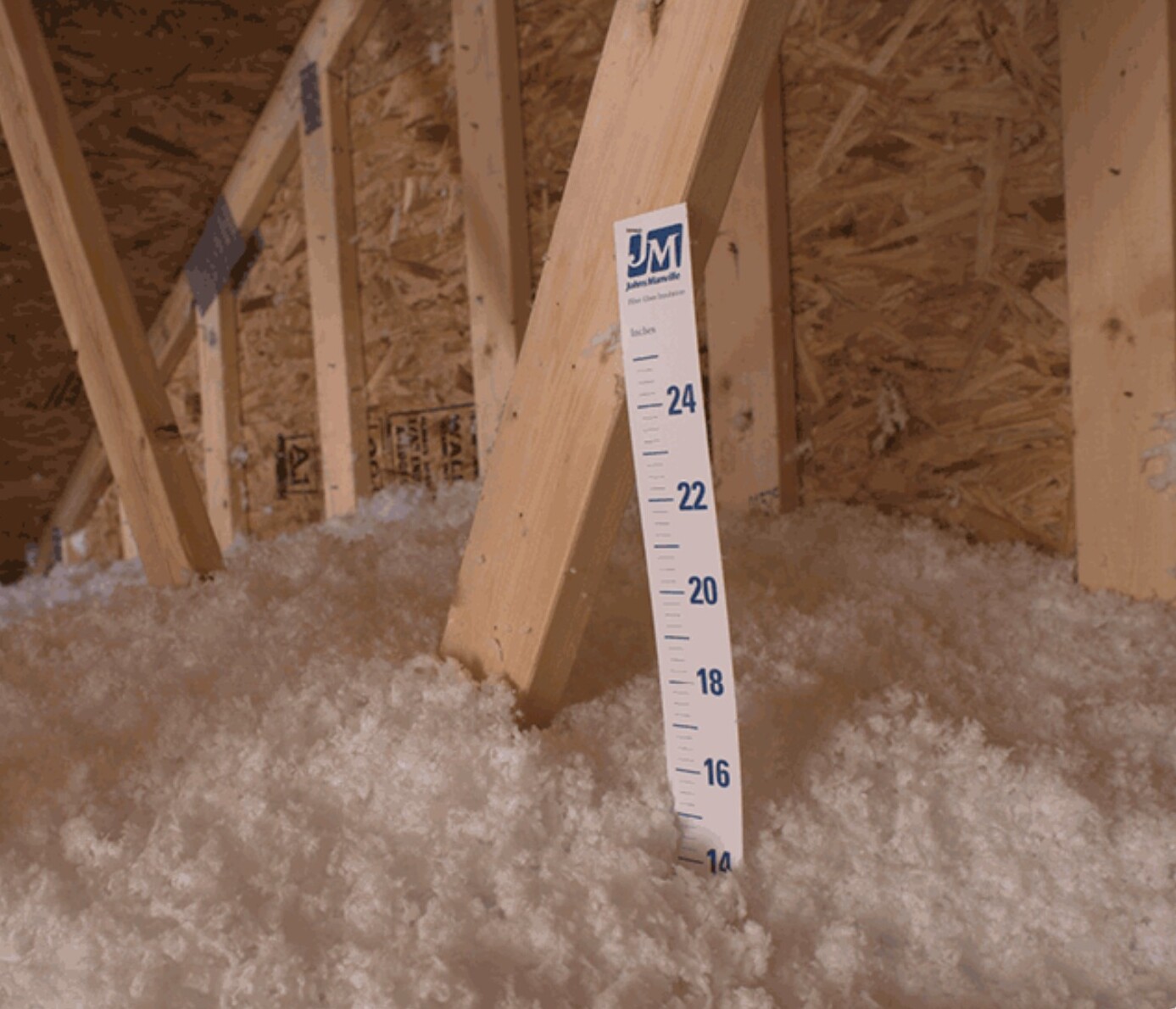
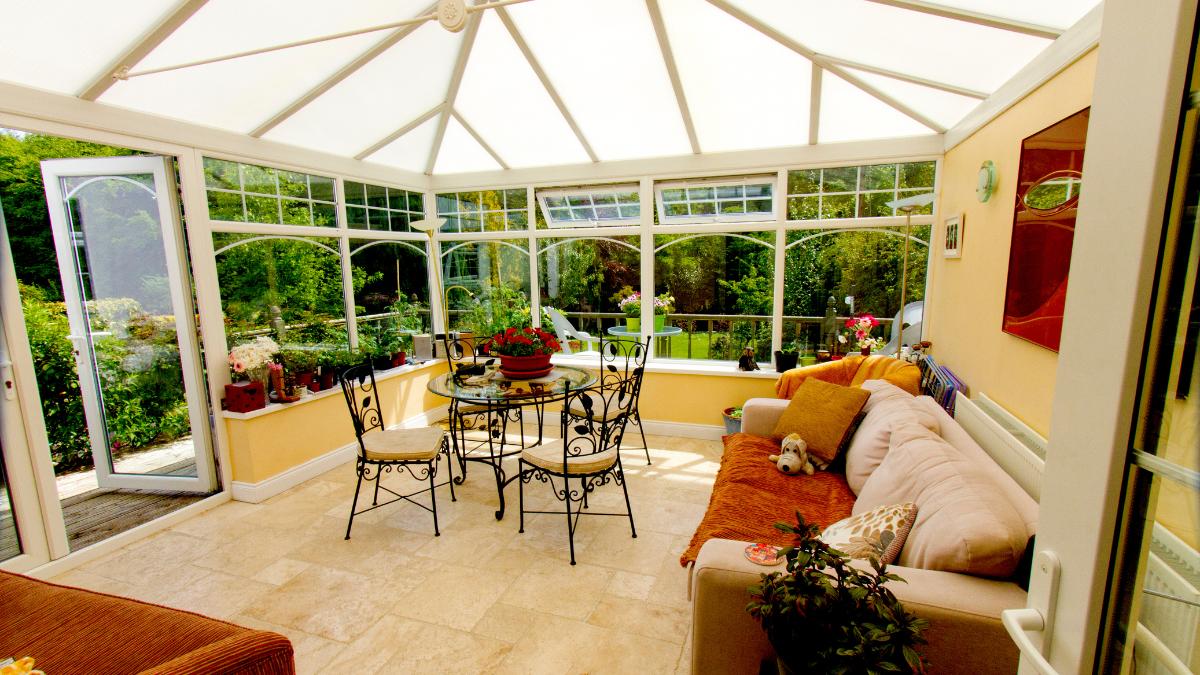
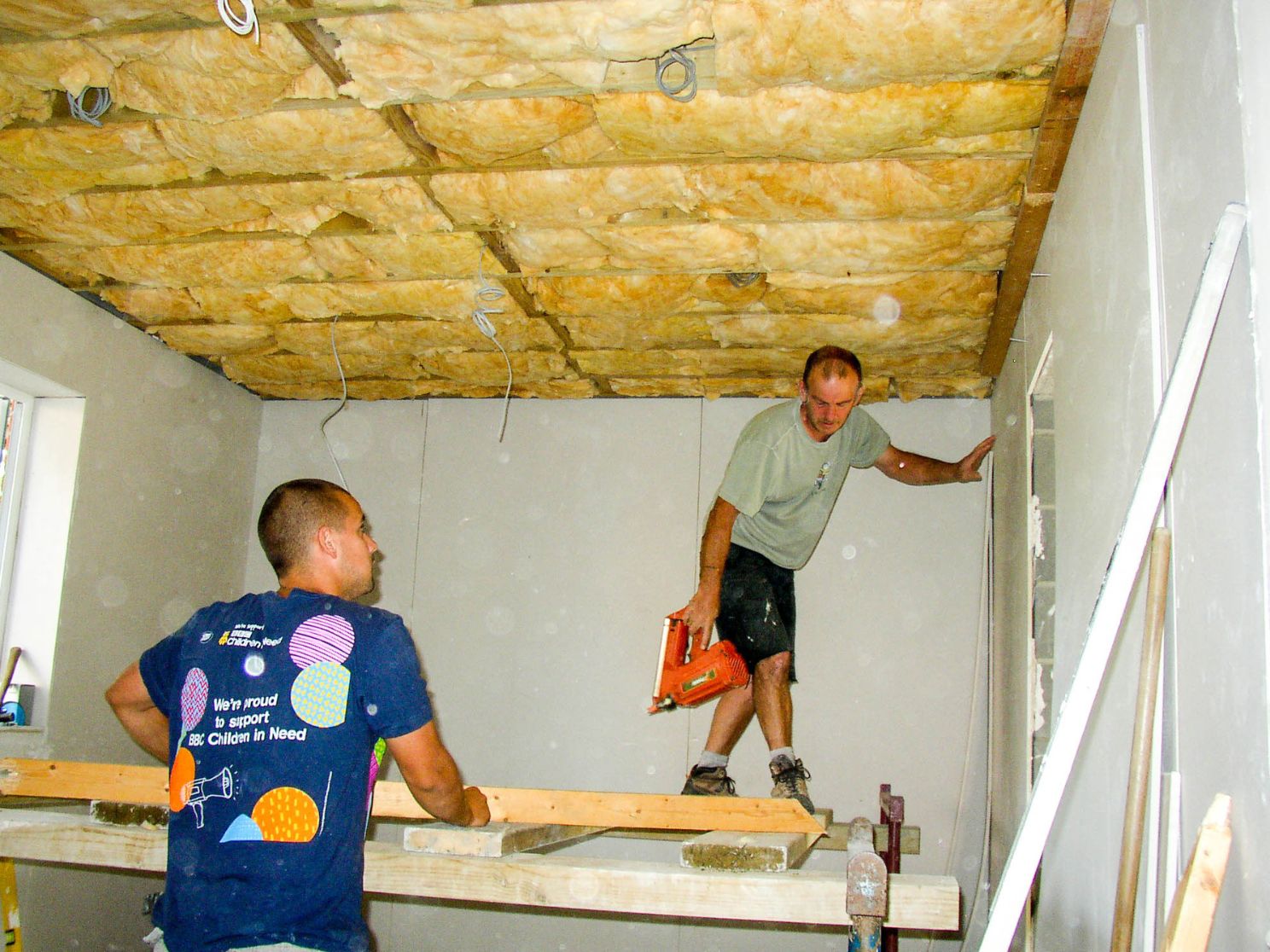
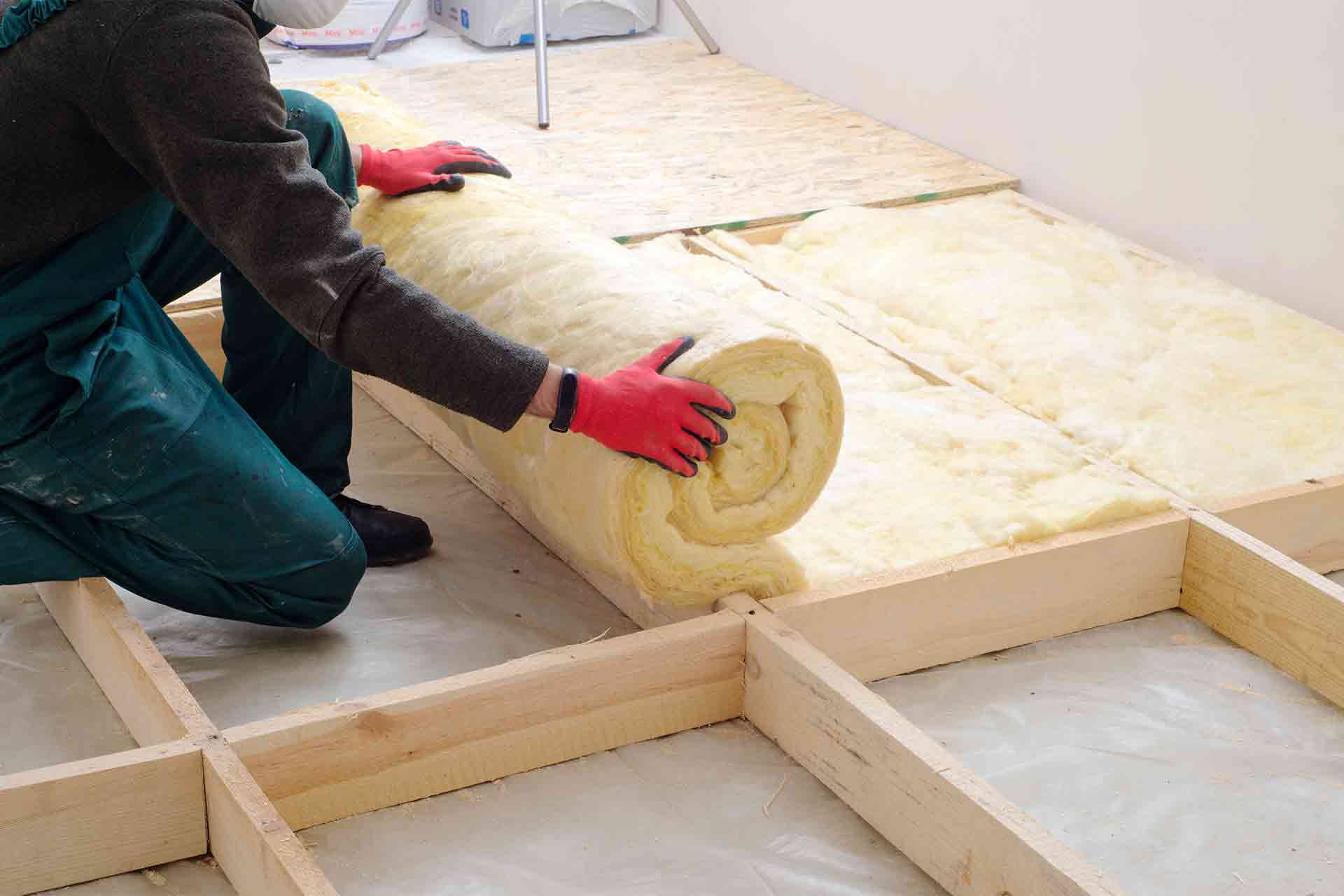
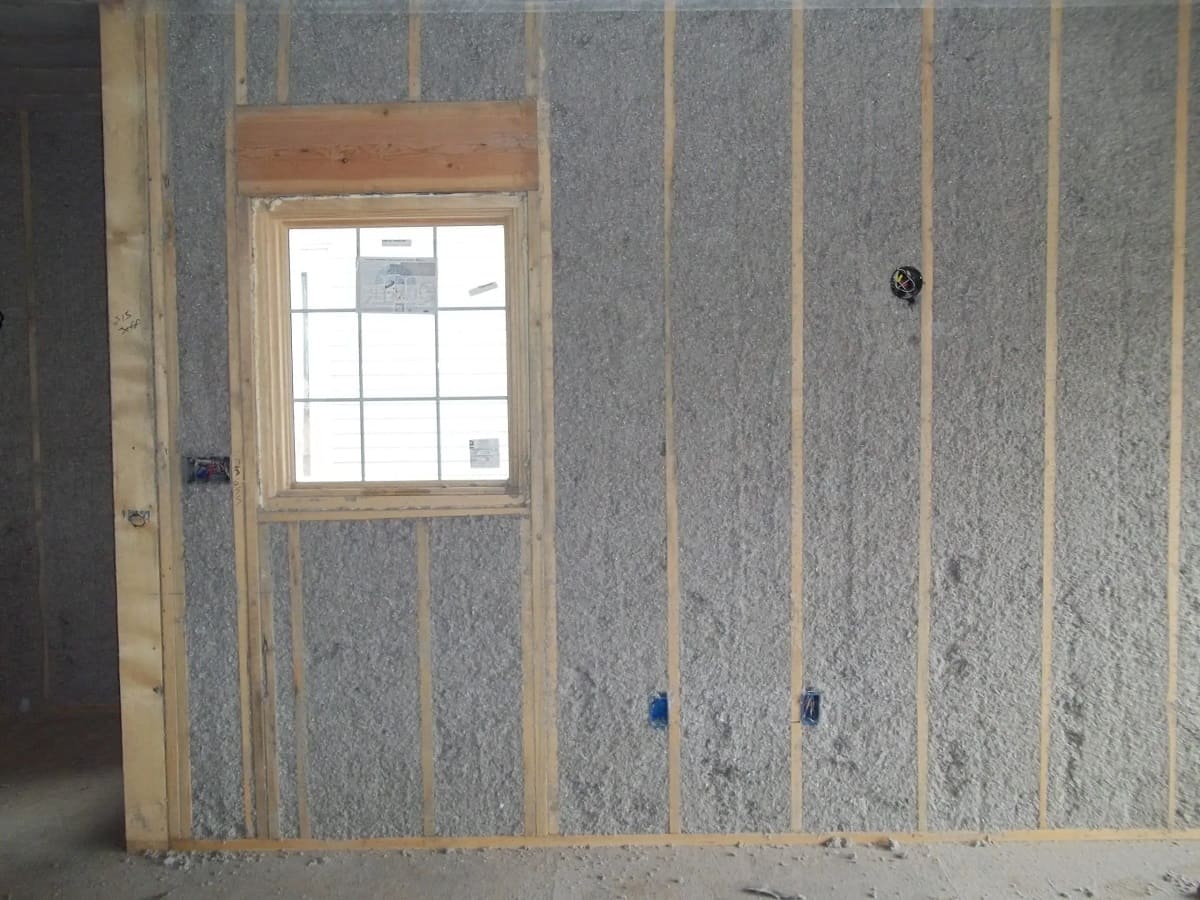
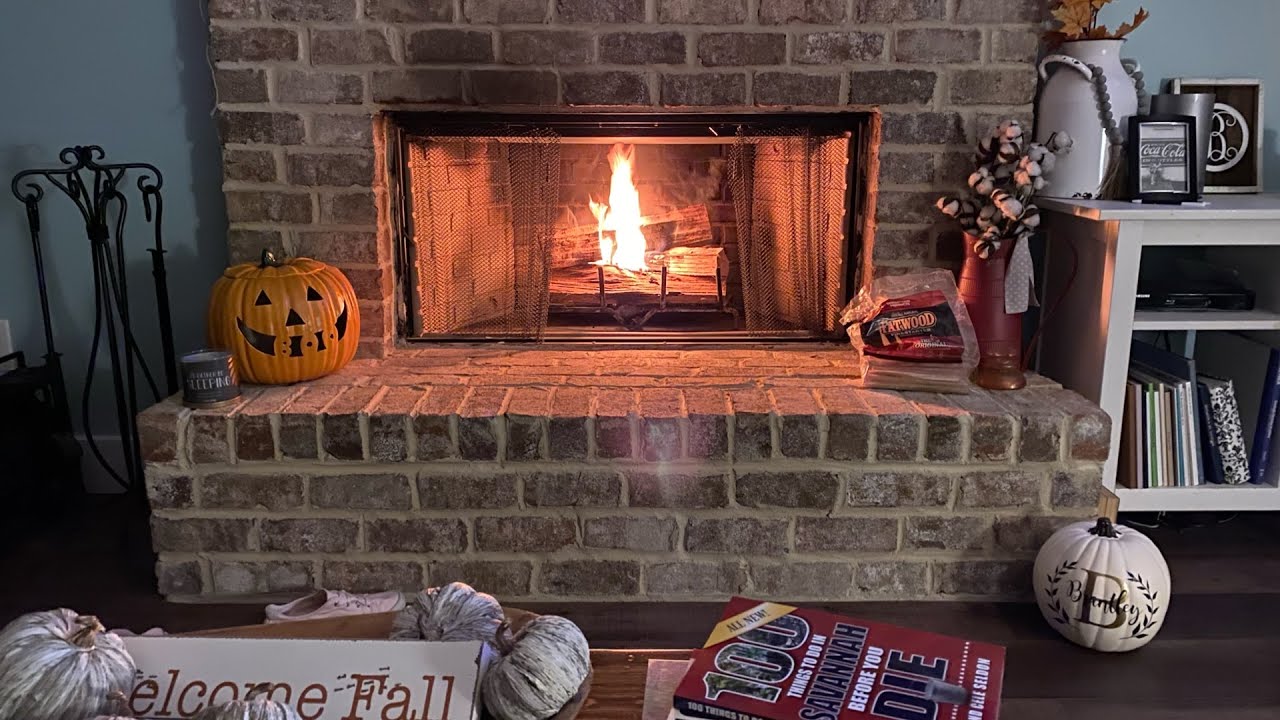
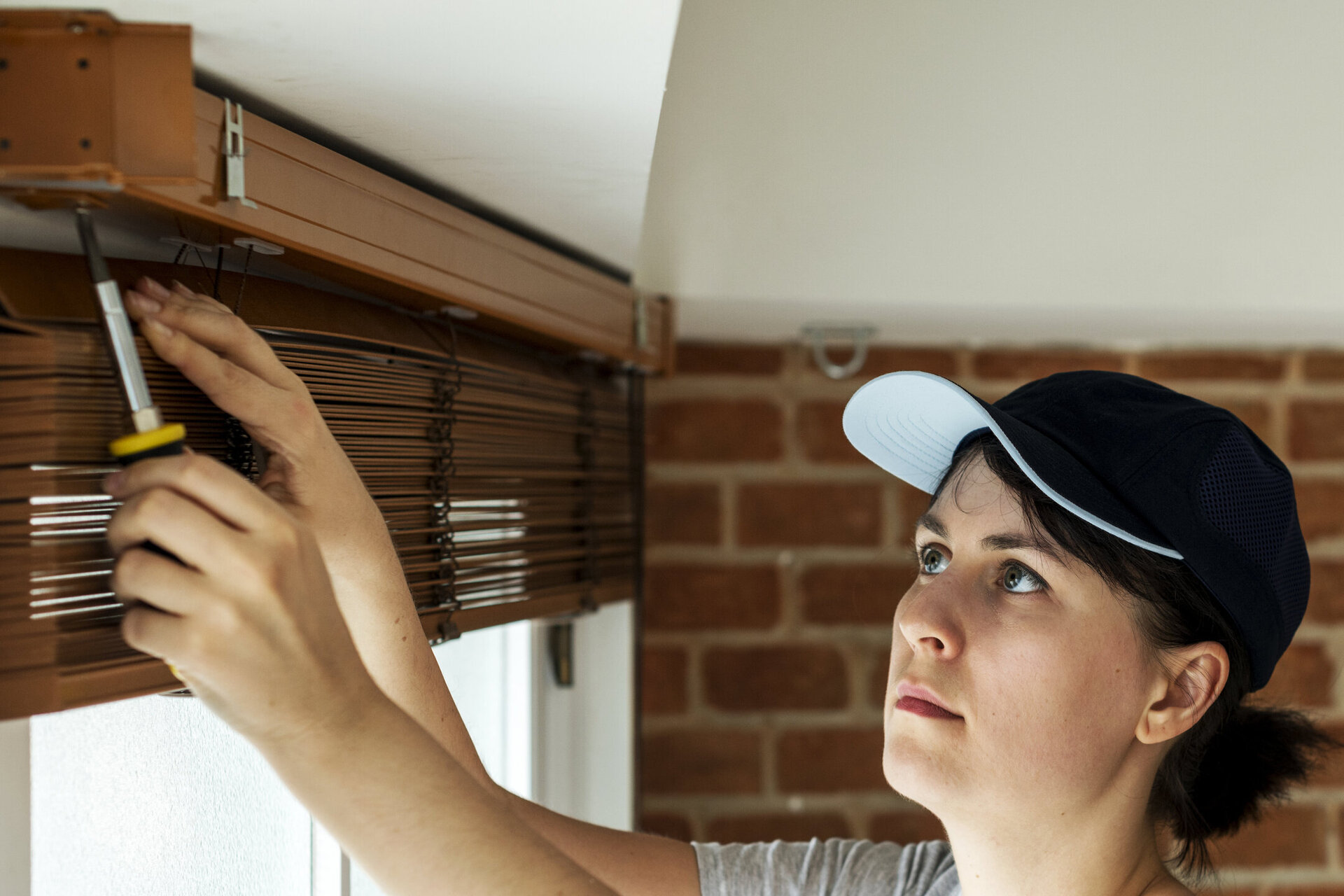
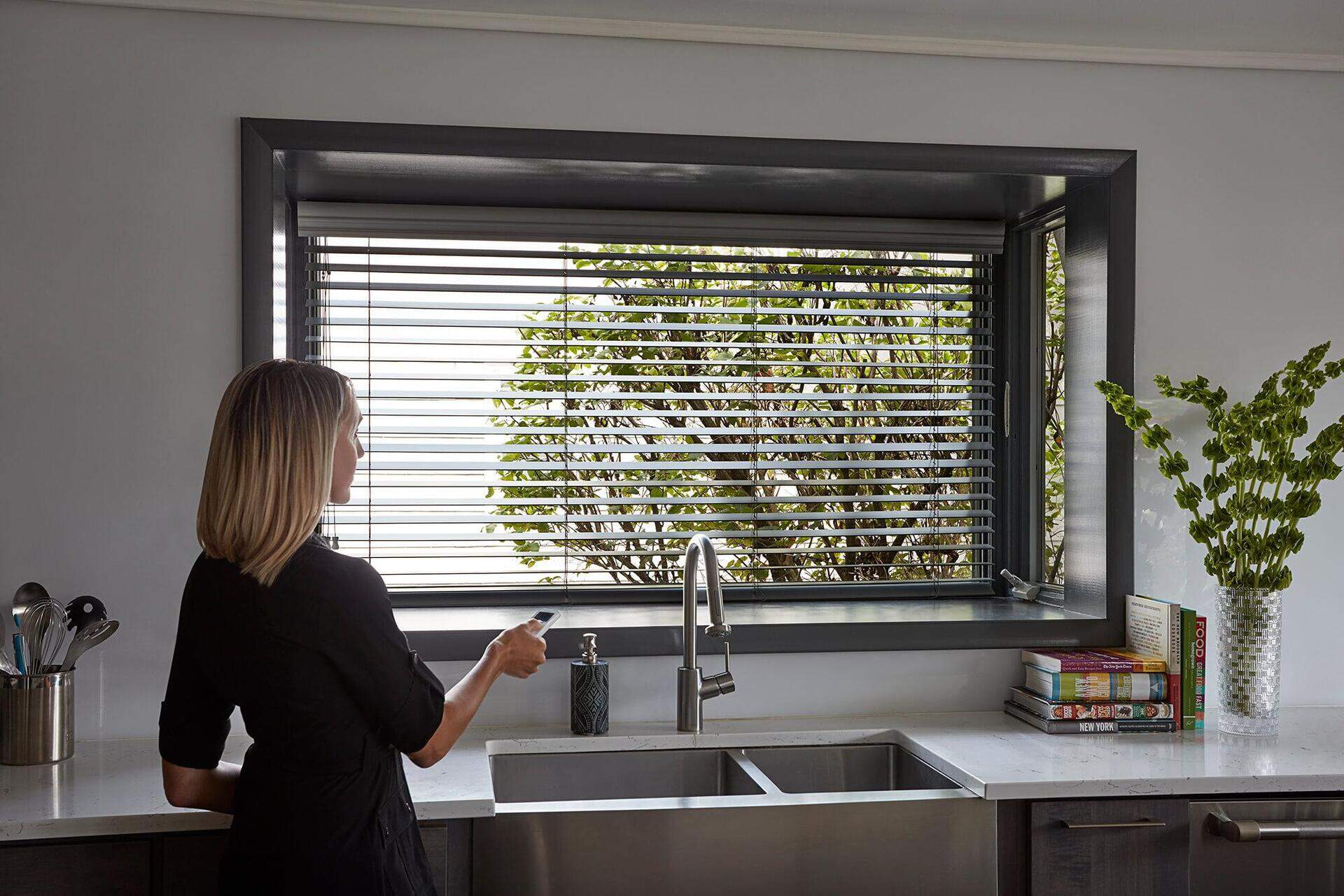
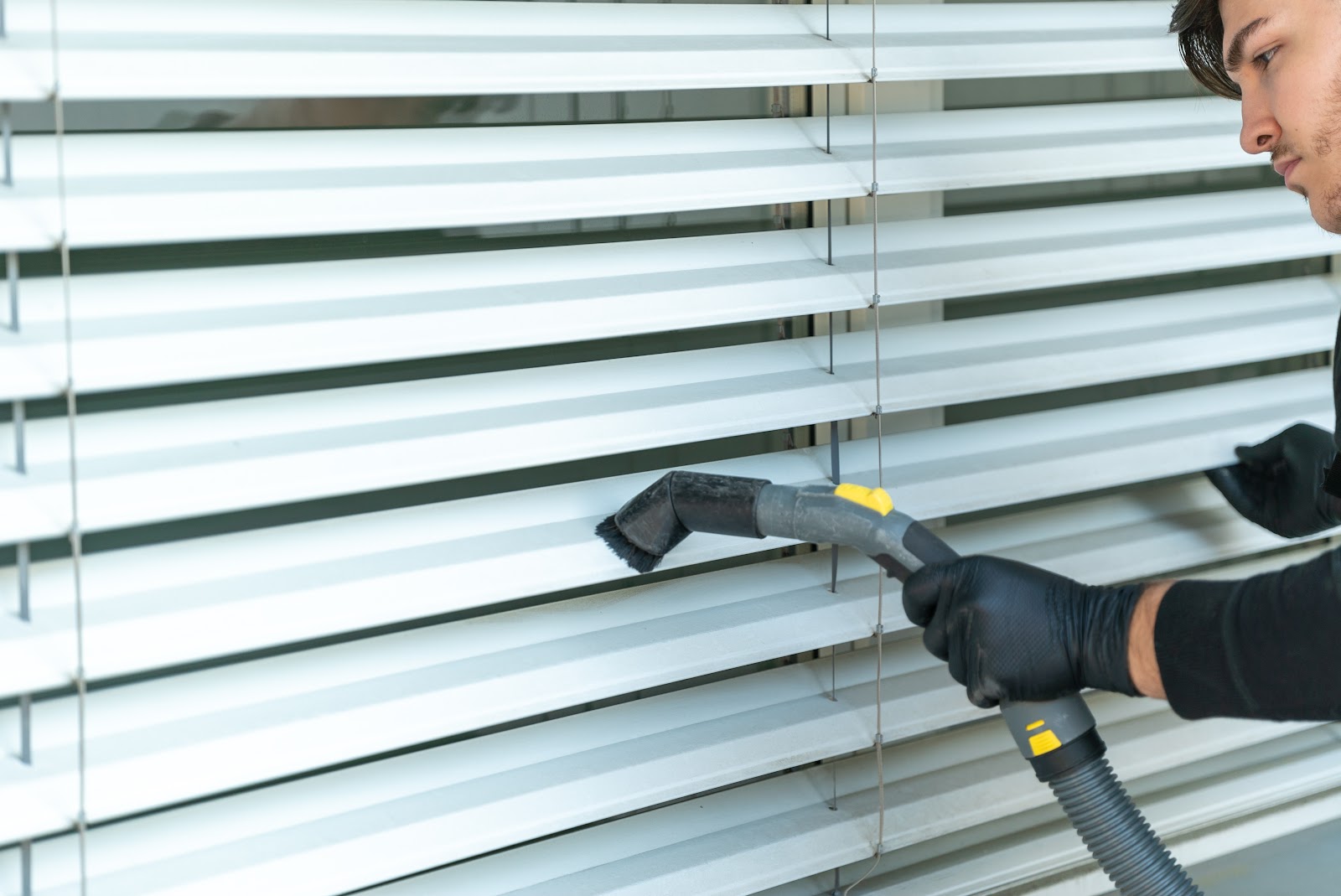
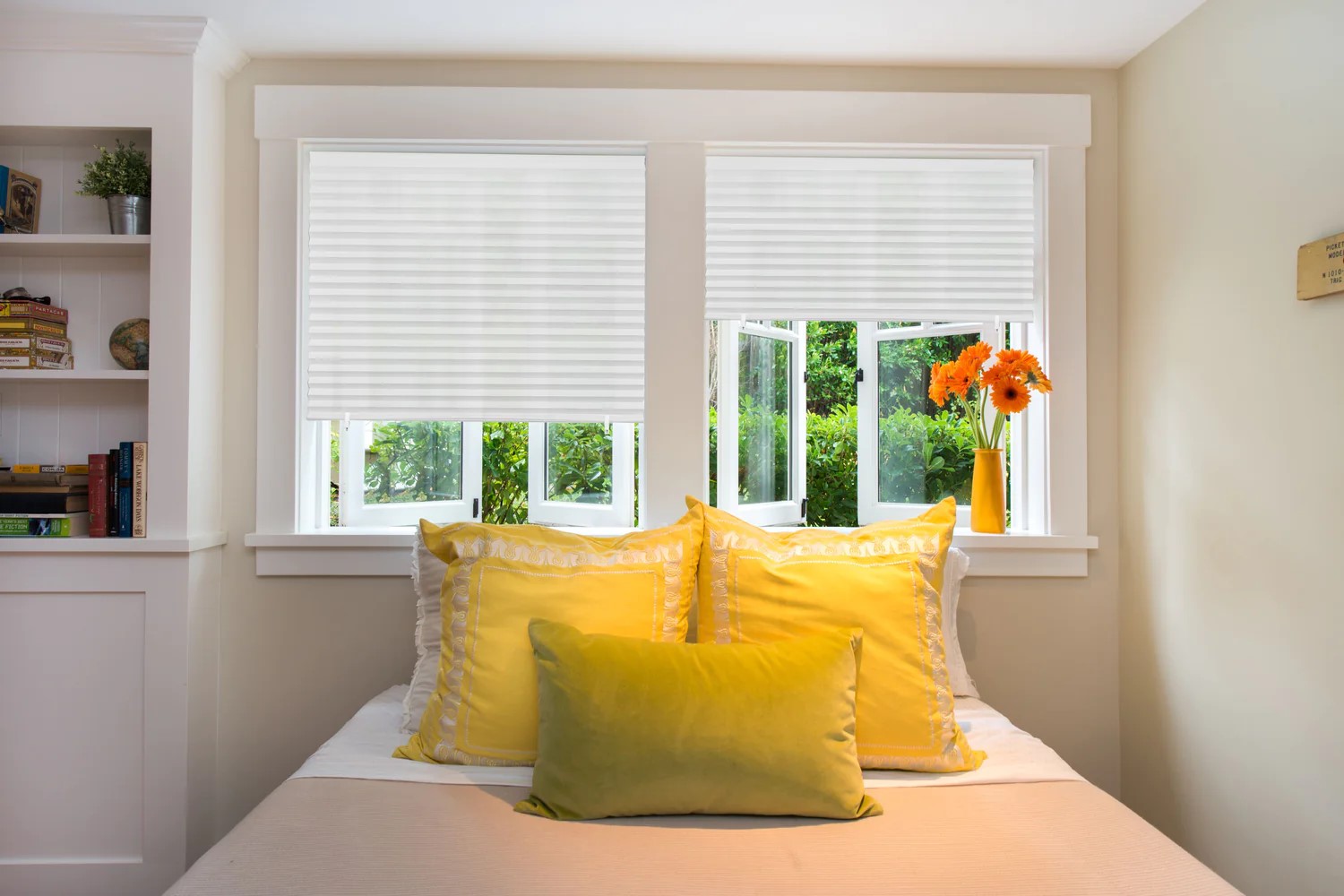
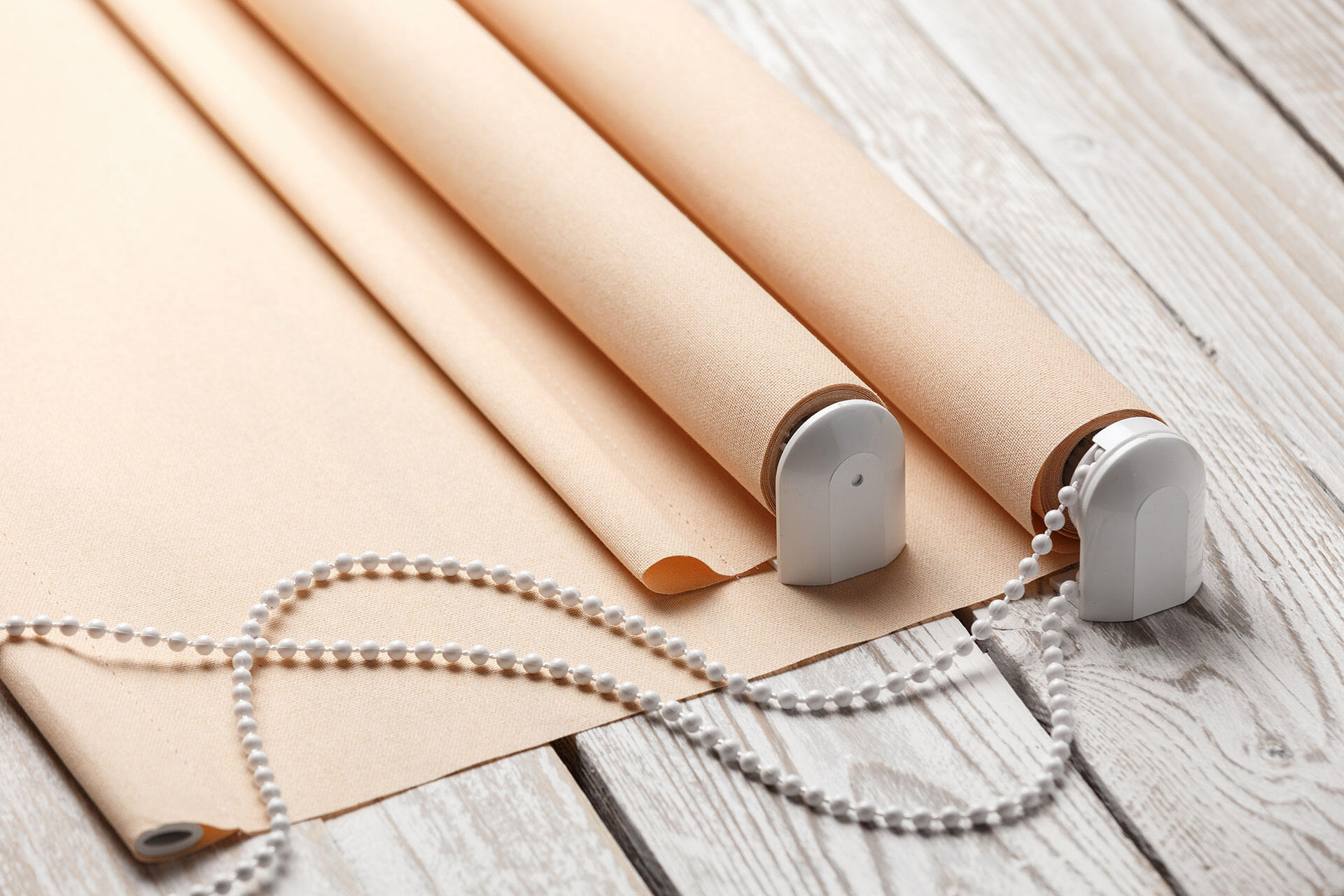
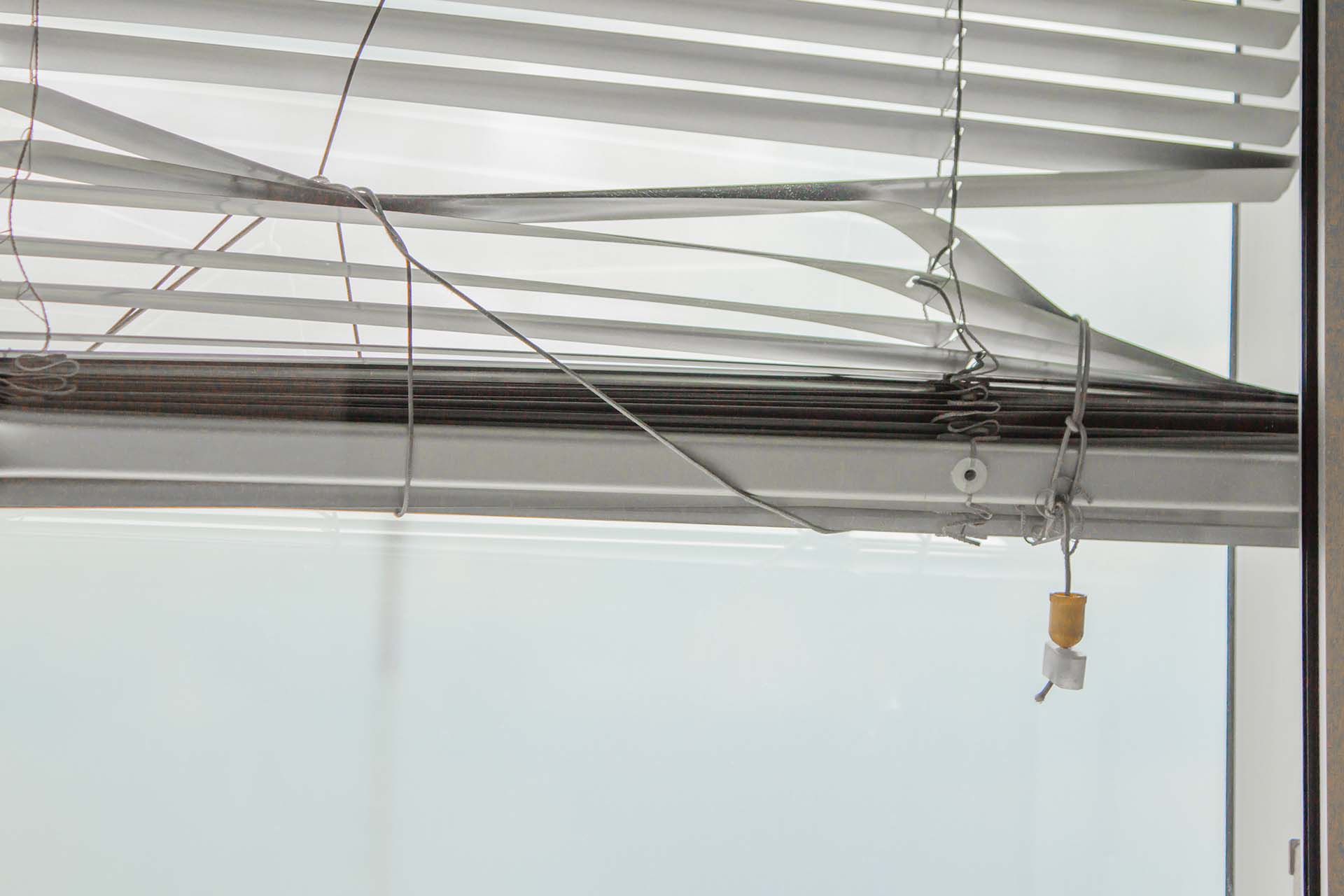
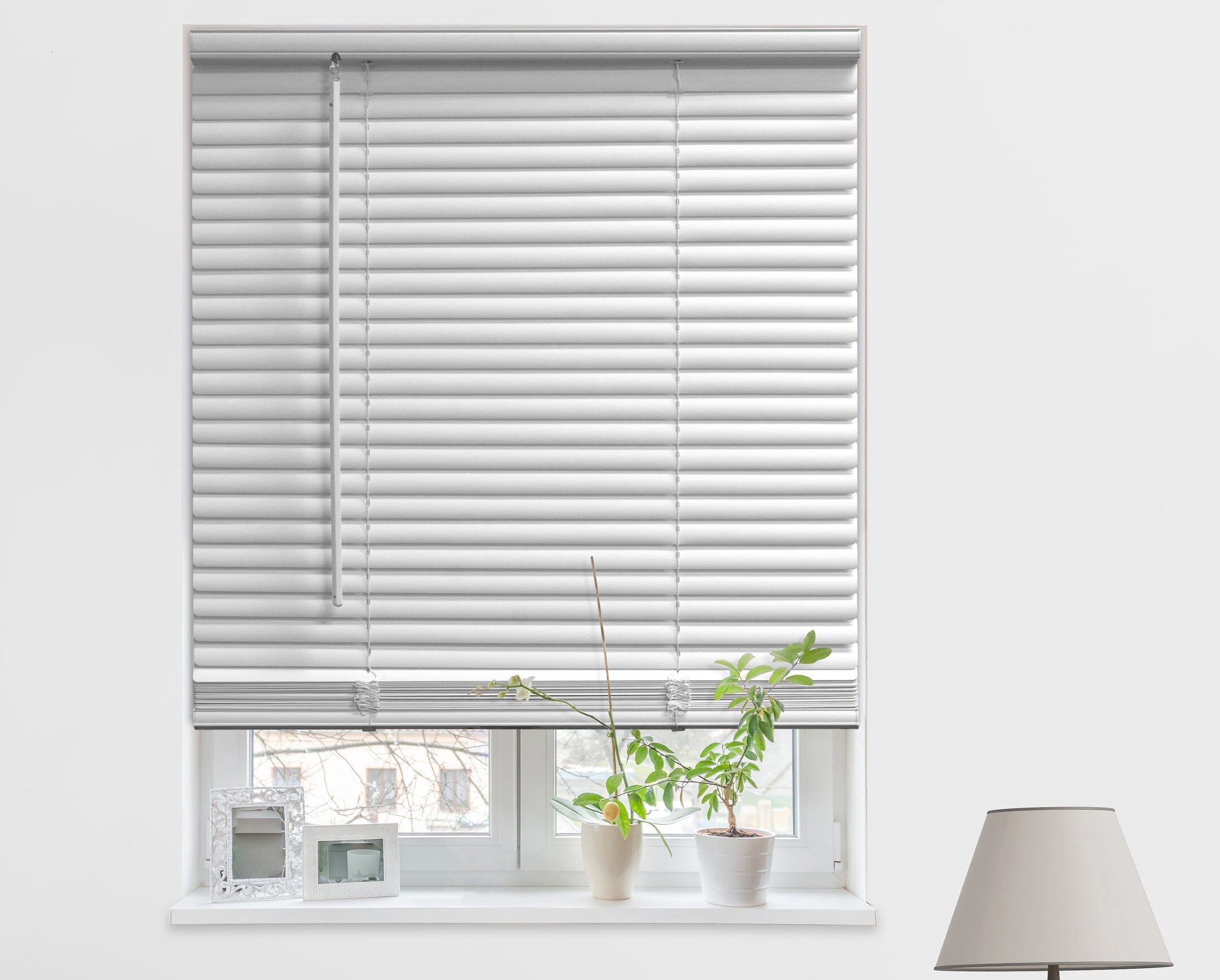
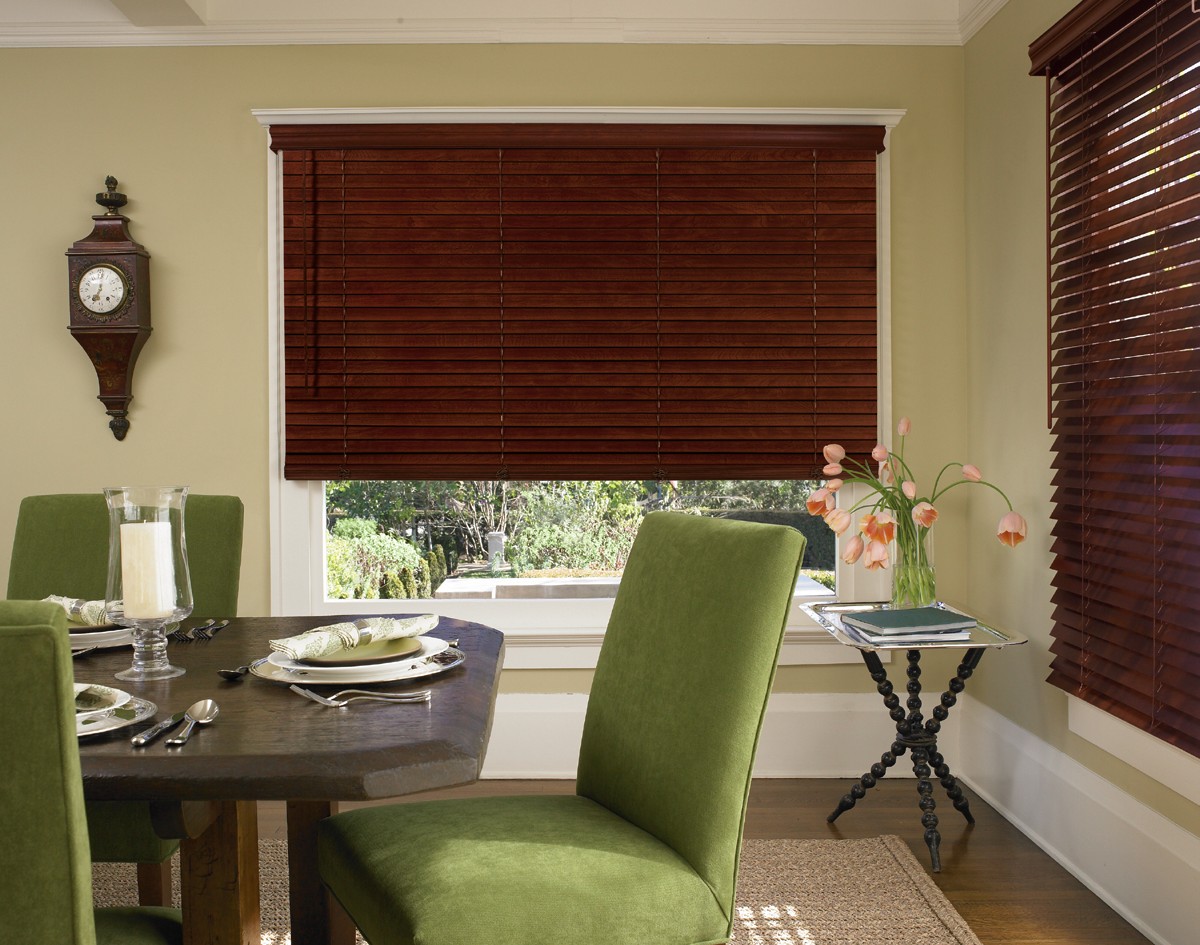

0 thoughts on “How To Measure Insulation”